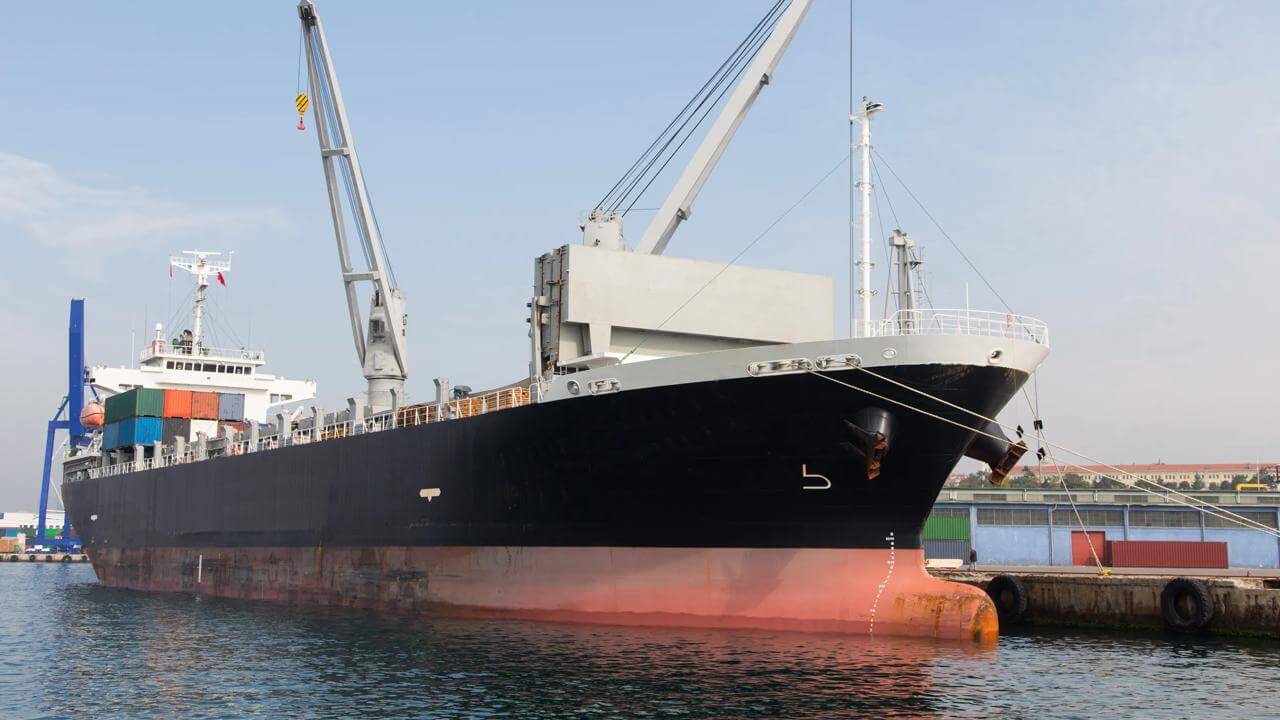Limitation in child abuse negligence claims
Limitation law prevents a claim from being pursued after a certain period has elapsed from the date of events to which it relates.
Limitation law prevents a claim from being pursued after a certain period has elapsed from the date of events to which it relates. In broad terms, this encourages timely resolution of disputes, provides certainty as to liabilities, and reduces the likelihood of the Courts being asked to address old claims in which the quality of evidence is reduced due to the passage of time.
In the context of abuse claims, this has come into criticism as, for a range of reasons, victims of abuse may not be in a position to pursue a claim until some years after the events to which they relate. Most stakeholders in this area are waiting with bated breath for the publication of the IICSA’s initial report in the Accountability and Reparation strand of its inquiry.
So far, that inquiry has focused mainly on cases based on vicarious liability; paradigm cases where the essential claim is that an employee or quasi-employee of a defendant institution harmed a child. Many commentators consider it likely in that context the IICSA will be recommending some sort of relaxation of the law on limitation in this area, perhaps to bring it in line with that north of the border, under the Limitation (Childhood Abuse)(Scotland) Act 2017.
Many are more concerned about what impact that relaxation might have on negligence cases, where the allegations are not that employees harmed children, but that organisations with a duty of care fell below acceptable standards of practice, but for which child abuse or harm would have been reduced or ameliorated more quickly.
In that context, it is worth looking more generally at what recent guidance the courts have given us on how limitation should be dealt with in negligence and similar claims in other contexts over the last year.
Kimathi and Others v Foreign and Commonwealth Office [2018] EWHC 3144 (QB) was a test case in a group action relating to events which had allegedly taken place 50 years earlier. In that case the court declined to exercise its discretion under the Limitation Act to allow a test case against the Foreign and Commonwealth Office to proceed. The claimant was one of many in a personal injury group action alleging mistreatment and torture by the British colonial administration of Kenya in the 1950s. In this case the court focused in some detail on the prospects of a fair trial. Whilst the burden was on the claimant to show it would be possible to have a fair trial, the defendant had an evidential burden itself. That was to demonstrate that the evidence likely to be adduced was likely to be less cogent because of the delay. The court found it was now essentially impossible for the defendant to have any proper opportunity to find documentary or witness evidence with real relevance to the core allegations.
By contrast in December 2018 in a claim called David Ellis v Swayam Iyer and Others [2018] EWHC 3505(Ch) (a clinical negligence claim), the court concluded it was just and equitable to allow a claim in negligence against a GP to proceed, despite it having been brought seven months outside the limitation period. The case concerned delayed diagnosis of a cerebral abscess. The court took into account the fact that its discretion under section 33 of the Limitation Act 1980 was unfettered. The court had to look at the matter broadly and decide where the balance of prejudice lay, bearing in mind that the burden was on the claimant to show that the prejudice to him would outweigh any to the defendant GP. Relatives of the claimant had visited the GP to discuss his delay in referring the claimant to hospital, and he knew at that stage that there was likely to be a possible claim for damages. He had notified the Medical Protection Society, recorded his recollections and discussed the matter with his solicitors. Evidence showed that he had been able to fully consider, investigate and respond to the claimant’s allegations within the primary limitation period, and that there had been agreed extensions to the limitation period whilst both parties were legally represented. Crucially, the GP had not identified any prejudice to the investigation, preparation or presentation of his defence. In all the circumstances of the case, the court allowed the negligence claim against the GP to continue.
What does all this tell us about child abuse claims, particularly those arising out of alleged child sexual exploitation or negligence of public bodies? Such claims require detailed enquiry into the events surrounding the abuse, in order to establish whether circumstances gave rise to a duty of care and whether duty was breached. In recent claims, this involves detailed analysis of documents and witnesses recollections to properly understand the facts. The quality of such evidence diminishes significantly with time.
In these claims institutions need to work very hard at the outset to establish precisely what documentary evidence survives, including policies and practice guidance, and to locate anyone who might be a potential witness, which may include former employees who have little recollection of the relevant events. The longer the delay, the more likely it is that the claimant’s own account will have become confused and less cogent.
Proper consideration of limitation requires careful thought as to the reasons behind delay and the impact of delay on the claim. However, where the issues being looked at are not only the alleged abuse itself, but the institutional responses to that abuse within the context of reasonable practice at the relevant time, the parties’ ability to address those issues will be key.
In Kimathi, Mr Justice Stewart set out a nautical metaphor in relation to the purpose limitation serves:
“When a claim is out of time, the question is whether the boat is seaworthy to launch… Where there delay has led to loss of significant evidence “it would be like putting to sea in a sieve”.
Contact

James Arrowsmith
Partner
james.arrowsmith@brownejacobson.com
+44 (0) 330 045 2321






































